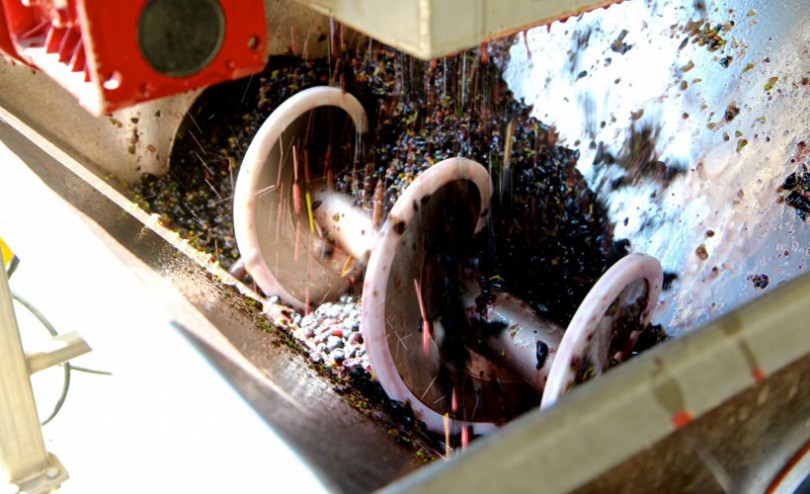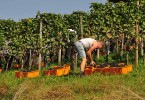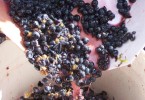Talking about stemming
Grapes and the stalk
Destemming: less tannins, more alcohol
Tannins: how do you perceive it?

The tannicity of a red wine depends on the vinification system. White wines do not have this feature. The maceration time here is fundamental. The longer the peels stay in contact with the liquid, the greater the tannicity in the wine will be.
The peels contribute to the release of tannins to a greater extent than the seeds. The sensation of astringency we perceive when tasting wine shows the presence of tannins. They are substances that, when in contact with saliva, bind and precipitate. The same feeling is felt when eating rough fruit.
All red wines have more or less tannins, but in a different way. The quality of the grapes, the vine and winemaking are the elements that depend on tannins. In great red wines, addressed for aging, this characteristic becomes weaker as time passes. The barrel has the ability to soften the bitter starting tannins by releasing the gallic tannins that give a sweet feeling of aging. Destemming is therefore one of the systems that allows you to manage the balance of a wine.
Destemming machines
The technology really helps the operations of stemming. Over the last few years, machines are able to complete the operation in a perfect way. They can be made of enamelled steel or stainless steel. Stainless steel is indicated for professional use, as the use is guaranteed for a long time. The systems with which they are produced allow hygiene and cleaning. In the upper tank the whole bunches enter and they are transported to the pressing point. A metallic net associated with a detonating shaft allows the effective removal of the grapes from the stalk. A centrifugal pump also facilitates the passage of the must, directly into the fermentation vessel.
The hourly amount of grapes that can be processed varies from 2000 kg to smaller models up to 3000 kg and above, for professional models. The engine is HP 2 or 2.5 single phase with starting capacitor, depending on the size of the machine.
Imagine course: wikimedia.org







